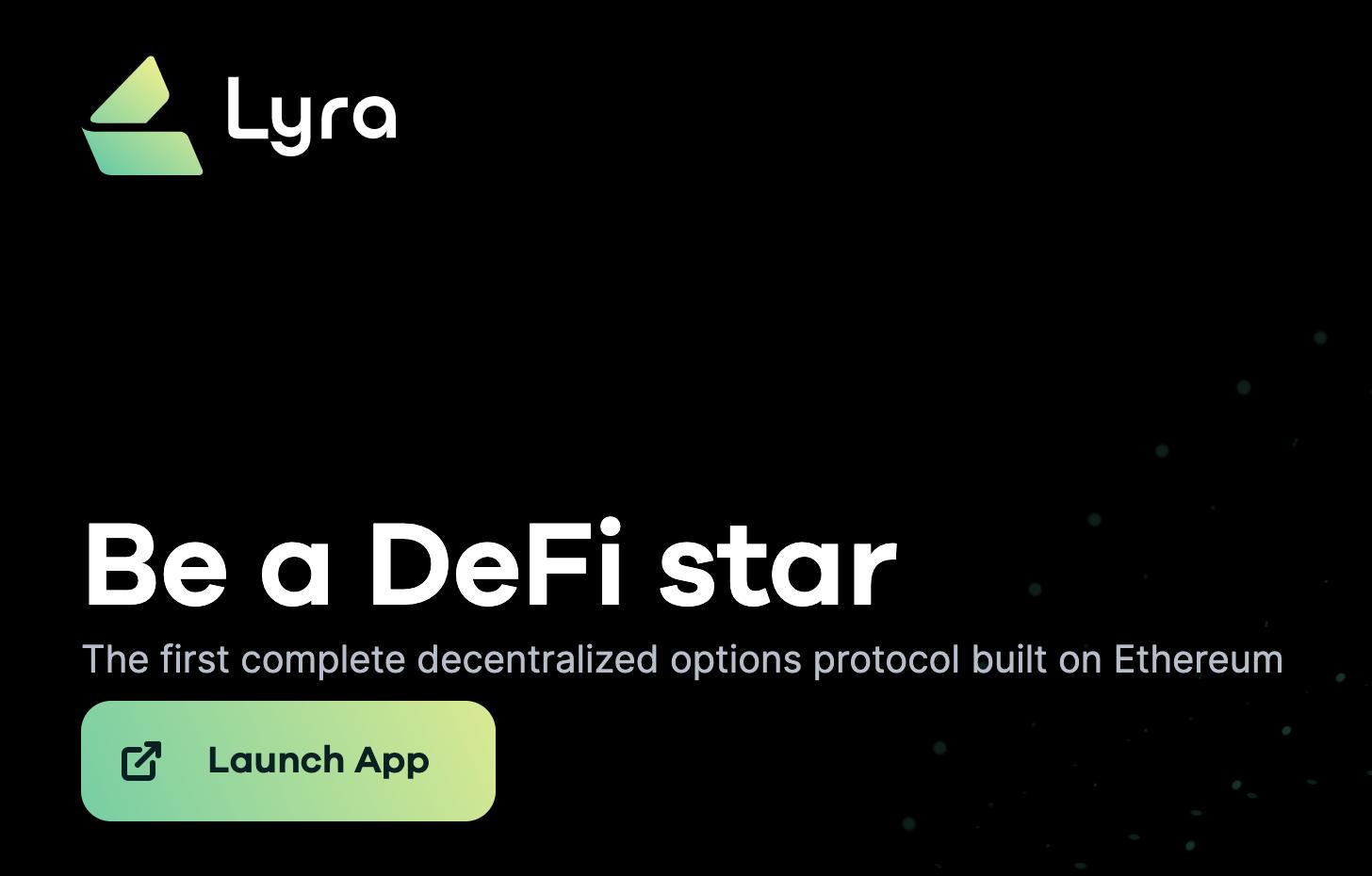Replicable trading strategies? An analysis of on-chain and off-chain follow-up investment models
This article is an original piece by Chain Catcher, authored by Loners Liu.
With the continuous improvement of the infrastructure in the crypto world, new tokens are emerging one after another. Currently, the largest value capture still comes from exchanges, with decentralized exchanges like Uniswap, Sushiswap, Curve, 1inch, and dydx having daily trading volumes exceeding $100 million. The number of DeFi participating addresses has also surpassed 1 million, not to mention the tens of millions of users trading on centralized exchanges daily.
Whether from the perspective of value capture or the number of participants, trading is the biggest necessity in this crypto industry. The 24/7 nature of the crypto world, combined with its volatility, attracts a large number of active traders who attempt to profit from market fluctuations. Daily price increases of dozens of points are commonplace in this industry, but as long as there is trading, there are certain risks involved. Therefore, improving the accuracy of trading often becomes a priority for traders.
Investing is about odds and probabilities, so besides focusing on a project's fundamentals, retail investors must also consider how trading strategies impact investment returns. In the latest version of CoinMarketCap's watchlist page, multiple watchlists can be created to share one's wealth codes and experience the investment formulas of crypto influencers. Just six hours after its release, 84 combinations had already been generated, with the Grayscale Trust Fund's holdings attracting 288 followers. Additionally, portfolios like Polychain Ventures Portfolio and Coinbase Ventures Portfolio have also drawn considerable interest from investors.
Of course, creating investment portfolio strategy tools for investors is not new. As early as the fourth quarter of 2019, eToro launched the "CopyTrader" feature for U.S. cryptocurrency users. This feature allows eToro U.S. users to automatically copy all trades of star cryptocurrency traders on the platform, including Nicholas Merten from DataDash, RhythmTrader, and Ben Askren from the Ultimate Fighting Championship. When these top traders place orders, users will also "follow" and automatically execute the same trades. For beginners, this is a safe and lower-risk investment method that does not incur additional fees, but compensates these star traders based on the number of users copying them, selecting investors based on risk scores, minimum asset management amounts, and trading experience.
3commas is a provider of smart trading tools and automated trading bots for crypto traders. Its software can connect to API accounts, allowing trading across multiple platforms through a 3commas account, while providing users with a convenient trading terminal interface to execute complex trading operations. Additionally, it offers trading bots and tools at different tiers, with varying payment levels.
Moreover, major exchanges like Bitget, XMEX, and BBKK have successively launched copy trading features. The basic model of this feature starts from the user side, integrating excellent traders, analysts, and industry KOLs to trade on the platform, while fully disclosing their trading strength and performance data in the app. On the other hand, ordinary users can choose to synchronize specific traders' opening/closing actions based on their historical performance and other evaluations, thus reducing the time spent on market research and avoiding risks from manual trading teachers beyond market fluctuations (mainly referring to the risks mentioned in the various schemes above).
In fact, from the perspective of exchanges, the one-click copy trading feature is essentially similar to "influencer live streaming sales" in the e-commerce field. Both help platforms recommend specific products or services through influential KOLs in a professional and low-threshold manner, solving problems like customer acquisition difficulties for merchants, monetizing influencer traffic, and price comparison challenges for users, making it a win-win solution for all three parties.
From the exchange's perspective, the copy trading feature aims to leverage high transaction fees to generate greater profits for itself. For ordinary investors, buying spot assets is undoubtedly a more reliable investment choice. However, with the surge of DeFi, Uniswap has initiated a wave of IDOs (Initial DEX Offerings), where many tokens do not immediately launch on centralized exchanges but choose decentralized exchanges like UNI and SUSHI instead. Valuable tokens often see multiple price increases before launching on centralized exchanges, making it difficult for ordinary investors to capture these profits due to differences in knowledge and expertise.
Thus, the existence of on-chain trading strategy platforms becomes valuable. DeXe, which just launched today, is such a one-click copy trading tool that helps users closely follow others' on-chain investment portfolios. By tracking someone's address, users can automatically copy their trades. When the trader executes a transaction, the user's account will also automatically follow suit.
After experiencing it, Chain Catcher reporters found that users can log into the DeXe website, anonymously connect through the Metamask wallet, copy the Ethereum address of a professional trader they trust, and click on the tokens they wish to copy. After setting slippage, signing, and sending funds to the DeXe contract, they will receive a token backed by their assets.
When profits are made, if users want to withdraw their funds, they only need to send the token back to the DeXe smart contract to retrieve their funds, which will include the profits earned by the trader during the transaction. Although this model can somewhat solve the issue of when ordinary investors should buy or sell, it requires users to hold the same tokens as professional investors and does not capture profits from tokens that users do not own.
Additionally, since all operations are completed on-chain, each interaction with the smart contract incurs high fees. If an investor's capital is relatively small, even simultaneous operations will significantly reduce profits. If liquidity pools are depleted and slippage settings are triggered, users may end up paying a fee unnecessarily, which is undoubtedly a burden for investors with limited capital.
In terms of the economic model, the platform will charge 30% of the trader's profits. However, the platform will use these profits to automatically repurchase DEXE tokens on DEX, divided into three parts: the first part is automatically burned to reduce circulation; the second part flows into an insurance pool to lower user risks; and the third part distributes 100% of the platform's profits proportionally to all DEXE holders.
Finally, Chain Catcher advises ordinary investors to strengthen their learning, avoid blindly following others' investment advice, observe the thinking behind professional investors' trading strategies, and establish their own investment strategies, which will be more valuable in the long run.










